Astrobiology Revealed #17: Riccardo Spinelli
On the ultraviolet habitable zone
by Aubrey Zerkle
In this Q&A we asked Riccardo Spinelli, a researcher at the Italian Institute for Astrophysics (INAF, Palermo Observatory), about his paper “The time evolution of the ultraviolet habitable zone.” Riccardo explains how starlight evolves over time and why this matters when astronomers look for habitable exoplanets. (This interview has been edited for length and clarity.)
How did you get interested in exoplanet habitability?
I believe that the search for life in the universe is one of the most fascinating topics of modern science. I became passionate about this topic because the search for other life forms in the universe has profound philosophical implications and could define our position in the universe.
In your recent paper in Monthly Notices of the Royal Astronomical Society, you defined the ultraviolet (UV) habitable zone as a key to exoplanet habitability. Can you briefly describe what the UV habitable zone is, and how it relates to the potential emergence of life?
Among the factors that determine the habitability of a planet is the UV emission of the host star. The effect of UV radiation can be both positive and negative for life as we know it. In fact, several experiments have shown that a minimum dose of UV radiation appears to be necessary for the synthesis of some precursors of ribonucleic acid (RNA, a fundamental molecule for life), while a dose that is too high is negative because it destroys many biomolecules. Starting from these assumptions, we defined an annular zone around a star where a planet can receive a UV flux sufficient to trigger the synthesis of the fundamental building blocks of life, but not too high to destroy them.
You mentioned that M-dwarfs could be the most promising targets to find habitable worlds - could you explain why that is?
Besides being the most abundant stellar population in our Galaxy (75% of all stars), M-dwarfs are extremely long-lived and thus offer long timescales for possible biological evolution within their planetary systems. Moreover, the physical properties of M-dwarfs, such as their small radii, low masses, and low luminosities, favor discovery of their habitable zones through methods based on transits and radial velocities, which are the most used techniques to discover new planets.
What types of observations or models did you use to track the evolution of the UV habitable zone around M-dwarfs over time?
We analyzed observations performed by the Swift Telescope to measure the current UV luminosity of stars hosting exoplanets in the “classical” habitable zone, which is the annular region around a star in which there are suitable temperatures for the persistence of liquid water on the planetary surface. To estimate the evolution in time of the UV habitable zone we used the results obtained by Richey-Yowell et al. (2023) thanks to observations performed with The Galaxy Evolution Explorer on other similar stars at different ages. In this work the authors derived an average UV luminosity evolution for each type of star. In our work we reconstructed the evolution of the UV brightness of stars hosting planets in the classical habitable zone by combining the average evolution derived by Richey-Yowell et al. and the measurements carried out with the Swift Telescope.
A vision of Proxima Centauri b, by Kevin M. Gill from Wikimedia Commons, licensed under a Creative Commons Attribution 2.0 Generic license.
Based on your models, how does the UHZ change over time, and what are the implications for habitability?
Stars generally decrease in UV brightness throughout their lifetime. The UV habitable zone is therefore initially more external and progressively moves closer to the star. The classical habitable zone, however, is more or less stable after 200 million years. During their lifetime, M stars change their UV brightness a lot while solar-type stars change less. These two different evolutions determine the times and duration of the intersections between the two zones for stars of different types. For solar-type stars, the two zones intersect from birth to the end of the star's life. For hot M stars the two zones intersect during the first billion years and then separate. For very cold M stars the two zones never intersect.
All planets discovered in the habitable zone of M stars orbit around M stars older than 3 billion years. Studying these systems we note that their planets are currently outside the UV habitable zone, because old M stars are dim in the UV band. If we did not take into account the evolution of their luminosity we would be led to conclude that M stars, the most populous stars in the universe, are not suitable for generating the fundamental building blocks of life, according to the chemistry assumed in our work [that is, RNA precursors being formed via cyanosulfidic chemistry triggered by near-UV radiation]. Taking their evolution [with time] into account instead, we note that these stars could generate the fundamental building blocks for life in the first billions of years of their evolution. So this tells us that the conditions for the onset of life according to [cyanosulfidic chemistry] may be or may have been common in the Galaxy.
You concluded that Proxima Centauri (shown above) was a "golden target for the quest of life outside the solar system," which is very exciting! Why is it such a promising target?
For Proxima Centauri, the star closest to us, we estimated an intersection between the classical habitable zone and the UV habitable zone that may have lasted from 200 million to 3 billion years, depending on the atmospheric composition of the potentially habitable planet. That’s a much longer duration than for other similar M stars.


